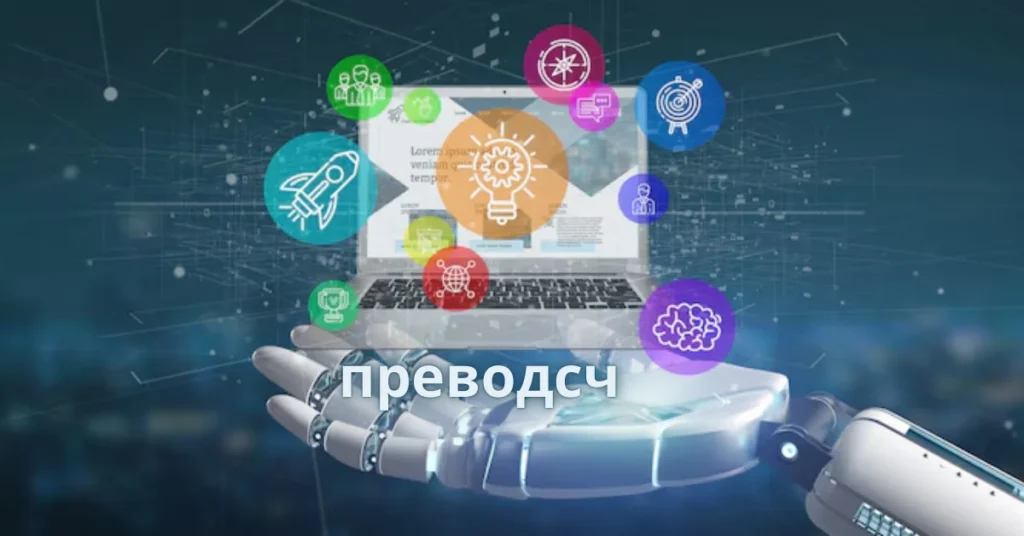In an increasingly interconnected world, the need for accurate, fast, and reliable translation tools has become more important than ever. Enter преводсч — a term that piques curiosity and promises linguistic transformation. Whether you’re a traveler, a student, a business professional, or simply a language enthusiast, understanding what преводсч is and how it works can open doors to seamless global communication.
Преводсч is a transliterated form of the Bulgarian or Russian word “переводчик” (perevodchik), which translates to “translator” in English. It can refer to either a human translator or a translation tool/software used for converting one language into another. In modern digital usage, преводсч often denotes online translation services, mobile translation apps, or AI-powered linguistic platforms.
Historically, translators played a pivotal role in diplomacy, literature, education, and international commerce. Skilled human пре водсч professionals could interpret not just words but cultural context and emotional nuances.
The digital age ushered in tools like:
- Google Translate
- DeepL
- Microsoft Translator
- Yandex Translate (popular in Eastern Europe)
These platforms revolutionized the translation industry, offering near-instant results and multilingual support at the touch of a button.
Most modern translation tools use Artificial Intelligence and Neural Machine Translation (NMT). Here’s how they function:
The user inputs a phrase, sentence, or document in one language.
The system breaks down grammar, syntax, and vocabulary.
Using AI, it matches words/phrases with learned equivalents from millions of bilingual texts.
A translated version is generated, with increasing accuracy over time.
Helps tourists navigate foreign cities, read signs, and communicate with locals.
Assists in translating contracts, emails, reports, and real-time meetings.
Enables students to read academic material in foreign languages and collaborate globally.
Bloggers, YouTubers, and influencers use пре водсч tools to reach broader audiences.
- Speed: Get translations in seconds.
- Accessibility: Most tools are free or affordable.
- Global Reach: Breaks language barriers in real time.
- Learning Aid: Supports language learners with vocabulary and pronunciation.
While преводсч tools are impressive, they’re not perfect:
- Contextual Errors: Machines can misinterpret idioms or cultural references.
- Tone and Nuance: Emotional or literary texts might lose depth.
- Confidentiality: Sensitive documents shared with online tools may raise privacy concerns.
For highly technical or official translations, it’s still wise to consult a professional human translator.
As AI and Natural Language Processing (NLP) continue to evolve, expect to see:
- More accurate contextual translations
- Emotionally aware outputs
- Offline translation capabilities
- Augmented reality (AR) integration for real-world interactions
- Keep sentences short and clear – avoids confusing machine logic.
- Check back-translations – translate the result back into your original language to test accuracy.
- Learn from the tool – use translations as language learning exercises.
- Combine tools – sometimes comparing results from different services improves accuracy.
Not at all! While the term comes from Slavic roots, it now represents a broader category of translation tools usable for any language pair.
In casual or real-time scenarios, yes. But for literary works, legal documents, or emotionally complex texts, human translators are still superior.
Use with caution. If privacy is critical, opt for encrypted services or offline tools.
Accuracy can range from 70% to over 95%, depending on language pair and complexity of the input.
Преводсч tools symbolize a remarkable fusion of language and technology. They are democratizing access to global knowledge, simplifying communication, and empowering individuals across borders. While not flawless, their continued development holds promise for an even more connected and linguistically fluid future.
So whether you’re navigating foreign streets, reading a foreign novel, or drafting a multilingual report — пре водсч is your silent but powerful ally.

